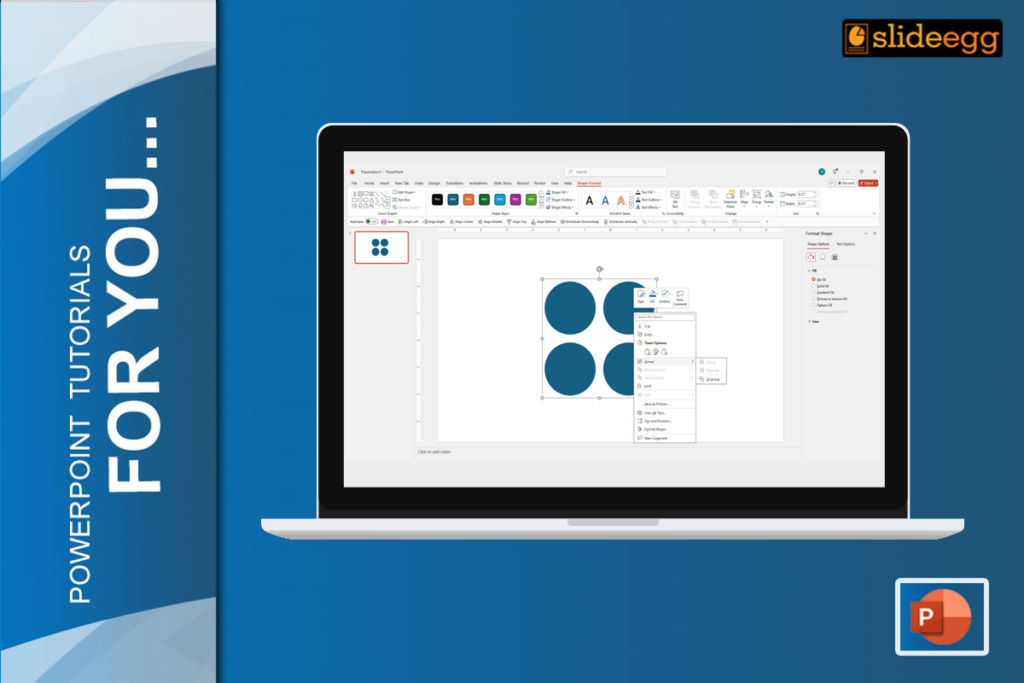Would you like to create a mind map on PowerPoint? Sounds way too complicated, right? Not at all! Let’s guide you step by step and make your ideas bloom visually through brainstorming or organized information, or even project planning in this easy-to-understand guide. Let’s go!
What is a Mind Map?
It is a visual tool that breaks down ideas, projects, or problems into smaller, manageable parts. Think of it like a tree: the trunk is the main idea and all those little branches are supporting ideas. Mind maps help in brainstorming and thinking and also studying. And the best part is that it can easily be prepared in PowerPoint!
How to Use PowerPoint to Create a Mind Map?
The software is everywhere, and PowerPoint offers fantastic, intuitive tools to help you produce mind maps without requiring some specific software. Whether you’re preparing a presentation or just structuring your thoughts for yourself, PowerPoint provides all that you require to do so. Moreover, if you’re going to make your mind map in PowerPoint, you can easily share your work in a meeting, classroom, or group discussion.
Let’s get started!
How to Create a Mind Map Using PowerPoint: Step-by-Step Tutorial
Step 1: Open PowerPoint and Start with an Empty Slide
First, you have to open up PowerPoint. You can pick your favorite slide layout but use the empty slide as it will leave ample space to play around with your mind map.
Step 2: Add a Shape for the Central Idea
To start your mind map, include a shape that represents your main idea. Shapes are found in the “Insert” tab at the top of PowerPoint. Of these, the circle and rectangle are far and away the most frequently used. Write your main idea inside the shape.
Step 3: Add Branches for Subtopics
Now, draw lines or arrows from your central idea to create branches. The branches here would be considered smaller ideas or points that back your main concept. To do this, go again to the “Insert” tab and choose “Shapes” again. You could use lines or arrows to connect your central idea to the ideas that you are supporting. Then add new shapes at the bottom of each branch for those ideas.
Step 4: Add More Detail
Want to go even deeper? You can add smaller branches from each supporting idea. This will help break down information further. Whenever you make your mind map for a wide-ranging project, this keeps your steps organized in the best manner.
Step 5: Change the Appearance
You can present your mind map in PowerPoint much better. You can alter the color of your shape or lines, as well as change the font size. Also, you can use icons or pictures. You can click on any chosen item and then modify it through the available styles from the toolbar.
Step 6: Utilize SmartArt for Rapid Mind Maps
But if you really are short on time, PowerPoint does have a feature called SmartArt that will generate mind maps for you quickly. Click over to “Insert,” then click on “SmartArt.” Choose the “Hierarchy” layout; that should look roughly like a mind map. You can play with it from there to your heart’s content.
Step 7: Save or Share Your Mind Map
You can actually save it as an individual slide for PowerPoint, PDF, or even an image. In case you must present it, then this saves you the hassle of sharing over your meetings or online classes.
Pro Tip: Use Premade Templates
And while it is great fun making your own mind maps, sometimes you’ll want a quicker route. There are premade Mind Map PowerPoint templates on the web and you can make use of this, saving you a lot of time. These tend to be well-designed, and filled with a layout full of options, meaning that you can change them to suit your project.
Other Tools for Mind Mapping
If you’re not just a PowerPoint user, then you’ll also be interested in knowing how to make mind maps using other tools. If you’re a Google user, then please check our blog on How to Make a Mind Map in Google Slides. And if you do more structured projects, you might be interested in knowing How to Make a Concept Map in PowerPoint, where information is organized a bit differently.
Last Words for a Super Successful Presentation
Creating a mind map in PowerPoint is simple, but getting it right makes a big difference in how your audience receives your message. For more handy tips and tricks, you can explore our presentation hacks to improve your skills further and make your slides look even more professional!
Conclusion
With PowerPoint, you can fairly quickly and easily create a mind map that will visually organize your thoughts, ideas, or plans. It will break the explanation of difficult ideas into easy pieces. With mind maps, you’ll be able to do something rather more visual and interesting in just a few minutes, too. So, then, what are you waiting for? Take a chance and start the mapping of those ideas now!







